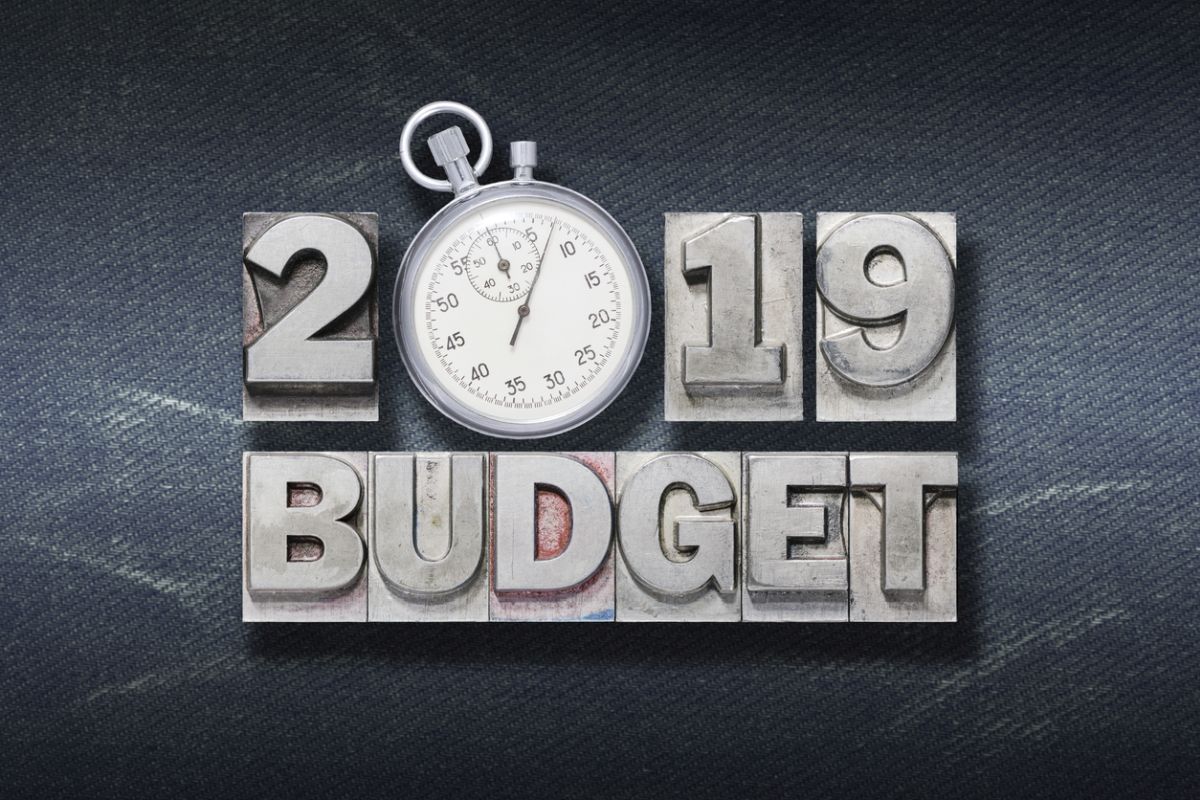That the gradual reversal of the many ill-considered measures in the Union Budget 2019, including the recent reduction in corporate tax, would have a salubrious impact on sentiments was known. What is not known is the strategy to manage the fiscal deficit, even though the bourses ignored the question. The Sensex jumped four per cent within minutes of the government promising to forgo annual revenue of Rs 1.45 lakh crore to inject liquidity into corporate hands.
That it also gave them optional tax structures to choose from; going with existing tax rates with payment of a minimum alternate tax (MAT) or a lower corporate tax, may be particularly pleasing for capital-intensive companies. In effect, the corporate tax rate has come down by eight per cent to 22 from 30 with the effective rate at 25.17 per cent from 35 per cent. Even MAT is down from 18.5 per cent to 15 per cent for companies continuing to avail exemptions and incentives; its effective rate at 17.1 per cent from 21.55 per cent, which can be further pared with wise tax planning.
Advertisement
Small projects, especially those that manage to get completed quickly, will be especially benefitted. Not that the government had any option, with even the pliant corporate sector publicly bemoaning the falling growth rate of five per cent in the April-June quarter, all core sectors stagnating amidst disappearing consumer demand and the two dependable engines for growth, investments and exports, spluttering. The worry now is around managing matters visá- vis the already constrained exchequer.
The government has admitted that India’s fiscal deficit may surge at least 70 basis points to four per cent of the gross domestic product for 2019-20 ~ courtesy a Rs 1 trillion shortage on the income tax and the goods and services tax (GST) account”~”though experts suspect that the deficit would be higher. The government will, of course, monetize more assets, sell public sector equity, increase borrowings and cut spending. Unless unproductive expenditure is curbed, spending cuts will boomerang given their negative impact across the board.
The other option is to brush the truth around fiscal deficit under the carpet and get public sector firms to borrow, take on central expenses or have government-managed funds lend to government agencies. The National Small Savings Fund comprising household savings has become the mainstay of some such institutions. The bottom line is that mere injection of liquidity or using Reserve Bank funds to bridge deficits and other quick-fixes will not help the Indian economy because structural issues will have to be addressed to keep investments up and investments will be needed not just in the corporate sector but in the stagnant and ignored rural sector, which is where reforms must primarily be directed.
In the excitement of unleashing “animal spirits”, the finance minister seems to have forgotten that, even as far as the corporates sector is concerned, there are two predominant spirits, bullish and bearish. Eventually, without genuine structural reforms, it is the latter that may well prevail.
